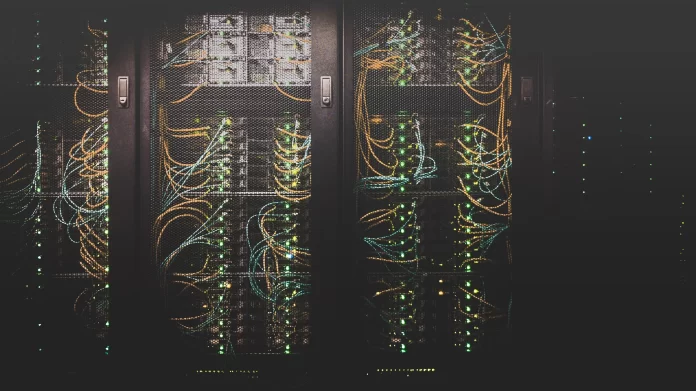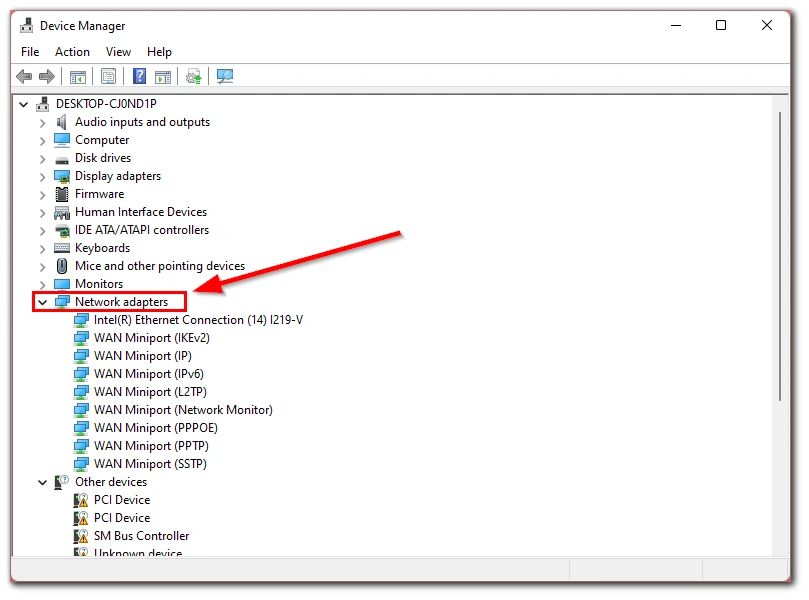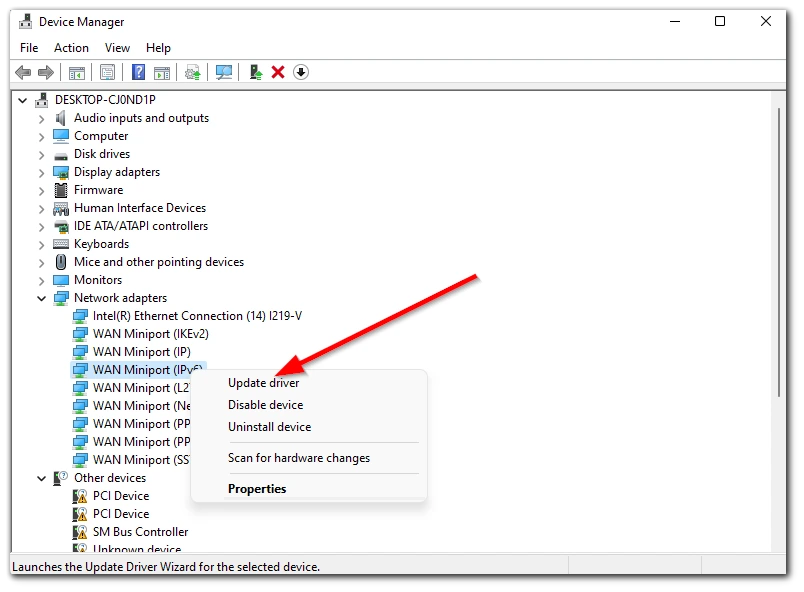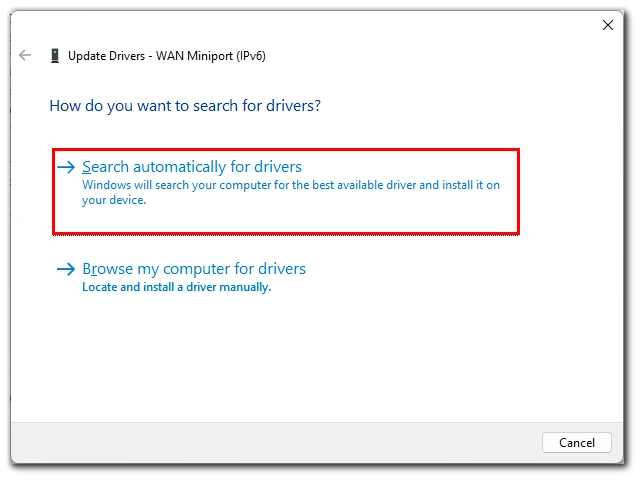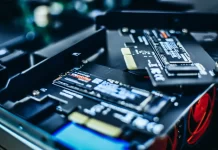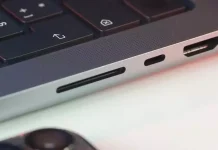There are many ways to connect to the Internet, depending on the provider you choose and the type of service they provide. If a modem or router is used to access the network and the user is working on a PC or laptop, one of the most common methods is WAN Miniport PPPoE. This is a software adapter that’s used by the operating system to access the WAN.
Internet connection errors, especially error 651, occur in Windows 7, Windows 8, and on up to the current Windows 10 only when trying to create a high-speed PPPoE-based connection via WAN Miniport. Its main point is that somewhere along the line from the PC to the ISP’s Internet server, there’s a physical connection problem. And the culprit can be any network equipment – both wired and hosts. Well, let’s take a close look at how to fix WAN Miniport driver errors in Windows 10.
What are the signs of a faulty network card?
WAN Miniport can also be seen on a normally working system if you enable the display of hidden devices. If they suddenly became visible by themselves, it’s not a good sign and at best something is wrong with the network card driver, at worst the network card is out of order.
Almost all NICs, and even more so switches and routers, have the Link (indicating a physical connection) and Act (activity) lights. When Link lights up green, it indicates a physical connection, and Act blinks when the network cable is communicating. Link and Act can be combined into a single indicator that simply lights up when there’s a connection and blinks or changes color when data is being transmitted.
The absence of this indicator shows that:
- PC or switch isn’t turned on.
- NIC is faulty.
- The switch port is bad.
- Bad contact in the connector or the connector isn’t fully inserted in the socket.
- A damaged cable or mixed-up wires when crimping the connectors.
Malfunctioning of the network adapter can also be judged by the presence of a red or yellow cross in the “Device Manager” in front of the name of the network card.
Read Also:
- How to fix PS4 not connecting to WiFi
- How to kick someone unwanted from your Wi-Fi network
- How to fix not showing WiFi networks on Windows 10
How to update the WAN Miniport driver
No matter which error 31 or 651 you have, you can always try to update the driver that’s involved in a certain process. The WAN Miniport driver can be downloaded and updated manually from the Windows Update service. Make sure your PC is connected to the Internet before proceeding. So, follow these steps to update your WAN Miniport driver:
- First of all, go to the Start menu and enter “Device Manager” in the search field.
- Then, open the “Device Manager” window and select the “Network adapters” section.
- After that, right-click on the WAN Miniport that has an error and select the “Update driver” option.
- Finally, select “Search automatically for drivers” and follow the on-screen instructions to finish the process.
Once you have completed these steps, you will be able to update the WAN Miniport driver on your PC. Moreover, in addition to the Ethernet connection, you can also add a Wi-Fi connection to your PC.
How else can the WAN Miniport error be fixed?
If you want to fix the WAN Miniport error on your Windows PC, you can try to follow these steps:
Reboot your PC and router
This is universal advice. Reboot your PC, and reboot your router or modem. And let them stay off at the same time for at least a minute. After that, turn them back on. If there was something with a sudden configuration failure, that will be fixed right away. If nothing helped, move on.
Connect another device
Alternatively, if you have another PC or laptop at home. If the connection fails on the PC, try connecting on the laptop.
If the problem occurs here as well, then the problem is on the ISP side or in the cable from the router to the input. If everything connects here too without any problems, focus your search in front of the router – on the cable to the PC or in the network settings.
Check wires
It’s necessary to check 2 cables – from the PC to the router and from the router to the input. What’s worth paying attention to:
- If there are breaks somewhere if there are kinks. Try to bend in such places and try to run the connection.
- Pay attention to the connectors. Try pulling them out and putting them back in. Look at the bend in the cable as it goes into the connector – this is often where things break.
You should also pay attention to the indicators. For example, a PC NIC lights up green when it is connected and starts blinking orange when data is being transmitted – this is a good sign. A router or modem usually has its indicator light for a successfully connected WAN port.
Router or modem settings failed
If an intermediate device is located between the PC and the ISP cable, it can often fail. This won’t necessarily be a hardware problem – imperfections in the code in the software of these devices can very often cause errors that prevent them from connecting to the network.
The easiest way to overcome such problems is to reboot the router or modem. After that, any software failures that occurred because the router was running too long should disappear.
RASPPPoE client failure
Alternatively, you can solve the problem in a purely software-based way by recreating the connection. This will only help if the client has all the connection data from the ISP or the ability to go through the whole setup procedure with the technical support operator. To create a new connection via PPPoE, you need to:
- Open the “Run” menu by pressing “Win + R” and typing “rasphone.exe”.
- Click “OK” in the window that appears.
- Start setting up a new connection according to the information from the ISP.
The new connection will probably help the connection, unless there are other more obvious obstacles, it should no longer give an error.
What is PPPoE?
PPPoE is a protocol for transferring data. It is most often used to establish a secure connection to a server. It stands for Point-to-Point Protocol over Ethernet. The MTU is 8 bytes less than Ethernet and is 1492 bytes.
In the past, many ISPs used this protocol to provide access to the WAN via their servers. However, due to low stability and constant failures, it’s rarely used now. Nevertheless, many routers still support the ability to set a login and password to connect via PPPoE.
A more advanced replacement is IPoE (Internet Protocol over Ethernet). It has a simpler connection method that doesn’t require additional configuration and authentication. As a rule, the subscriber is checked against the MAC address.
Read Also:
- How to enable hardware-accelerated GPU scheduling in Windows 11
- How to add an Ethernet connection to your laptop
- How to fix an Android phone not connecting to Wi-Fi
What does IP mean?
The world is dominated by IP-addressable networks, the largest of which is the Internet. Devices ranging from Bluetooth gadgets to computers have their own IP address, which serves as a defining label in the network space. Understanding how an IP address works are the foundation of system administration. This is the basic knowledge you need in the real world for the simplest network configuration in both home and corporate environments.
IP address (Internet Protocol) is a digital identifier, assigned to a device that operates in a public or local network based on TCP / IP protocol stack. Without it, the Internet or any internal IP network cannot exist.
Compare the IP address with a phone number or home address – both point to an object. Just as a person calls a number, a PC calls another device with an IP address.


